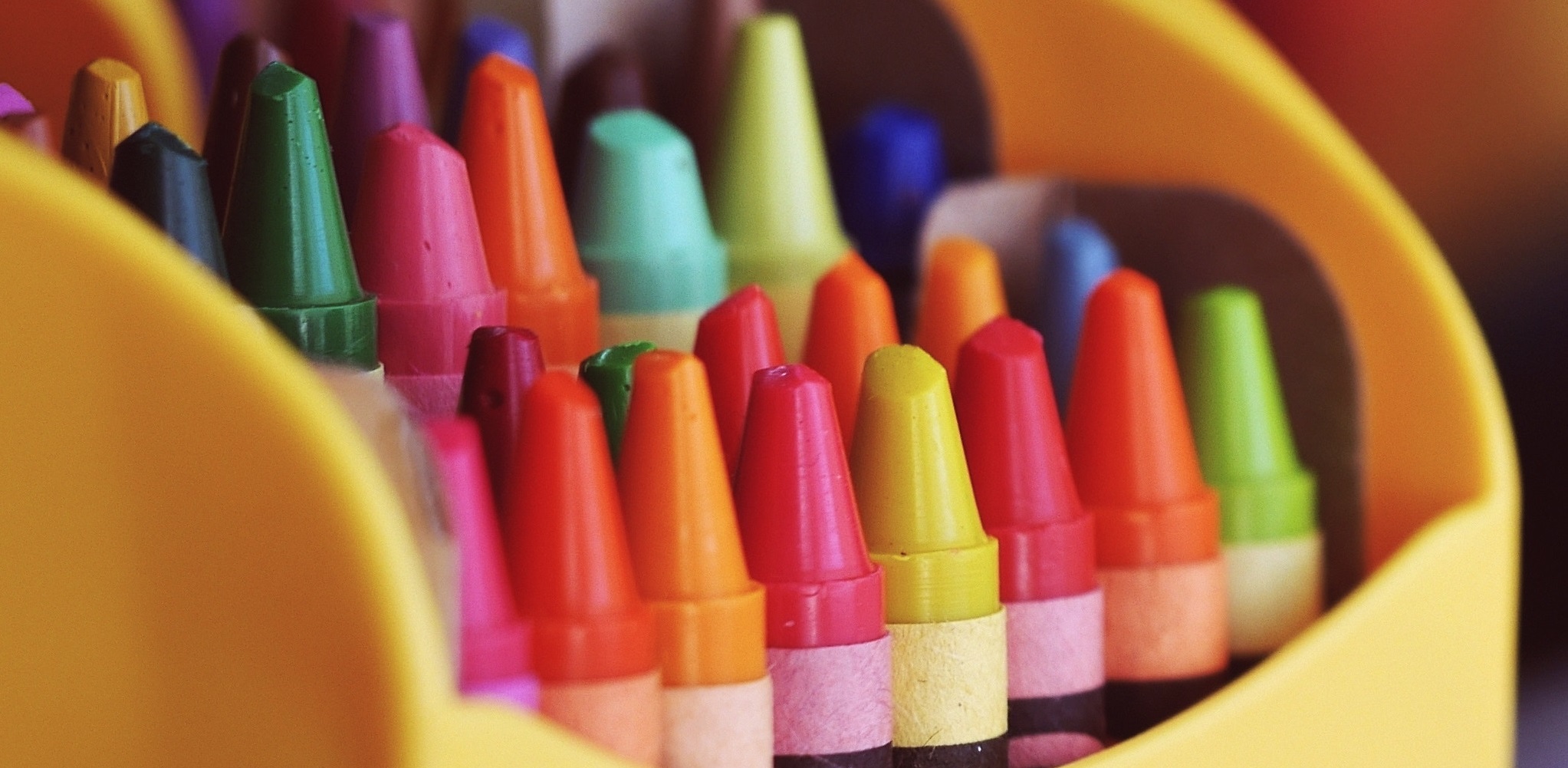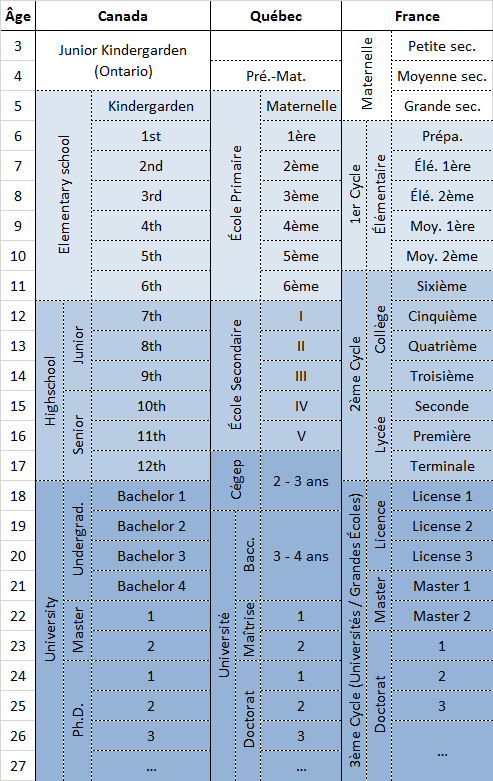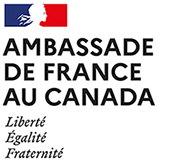Education in France

In France, school is mandatory starting at the age of six. Before reaching this age, children can attend kindergarten, a special feature of the French system. After kindergarten, there are two cycles: primary school (first cycle) and middle school and high school (second cycle).
Kindergarten is usually split into petite, moyenne et grande sections (first, second and third years), based on the child’s age. Its purpose is to spark their interest in school and teach them to live together. As they play, they begin to learn writing, drawing, numbers, etc.
After kindergarten, children attend elementary school. They begin in CP (preparatory course) where they are introduced to French reading and writing, numbers, a regional or foreign language, art and physical education.
For the next two years, in CE1 and CE2 (elementary courses), students continue studying these subjects.
Finally, in CM1 and CM2 (intermediate courses), students reinforce their knowledge of French and mathematics and are introduced to new subjects such as experimental science and technology; history, geography, art and civic and moral education.
Students generally start middle school at the age of 11 or 12, where they will stay for four years through grade six, seven, eight and nine. In grade seven, middle schoolers take up a second language.
Institutions may offer elective courses such as regional or ancient languages (Greek or Latin). Middle schoolers can also sometimes take bilingual classes. They take up a second foreign language in grade six.
In grade 9, students must take an exam to obtain the diplôme national du brevet. This exam is made up of written and oral exercises and is meant to test the knowledge students have acquired by the end of middle school.
With their diploma in the bag, middle schoolers can head to high school where they will spend the next three years through grade ten, eleven and twelve. They can then choose to continue their schooling in a lycée d’enseignement général et technologique (general and technical high school) or in a lycée professionnel (professional high school).
Lycée d’enseignement général et technologique
In a lycée d’enseignement général et technologique, the grade 10 curriculum is common to all students. In grade 12, they can choose to go into the general or technical streams where they will remain until the end of grade 12. Both streams lead to the baccalauréat exam.
The baccalauréat (high school diploma) is the key to higher education. It attests the knowledge and skills students have acquired by the end of secondary studies and it enables them to pursue higher education.
- General track
The general track is comprised of three streams, all of them leading to a baccalauréat in economics and social sciences, in literature or in science. It generally leads to postsecondary studies in preparatory classes, universities or specialized schools.
- Technical track
This track enables students to receive advanced training in a specific field such as Management Sciences and Technologies (STG), Music and Dance Techniques (TMD) or in Sciences and Technologies in Health and Social (ST2S). The technical track is made up of eight streams, each focused on a different specialization. It generally leads to a licence professionnelle (professional university degree at the undergraduate level), an engineering degree or to further studies at an institute of technology.
Professional High School
These institutions teach students the skills, knowledge and know-how specific to a professional field. A professional high school education prepares youth for a career or for further studies. They can then go on to complete a baccalauréat professionnel (professional high school diploma) in 3 years or a certificat d’aptitude professionnelle – CAP (certificate of professional competence) in 2 years.
These centres provide training to apprentices aged 16 to 25. They prepare students for the baccalauréat professionnel, the certificat d’aptitude professionnelle or the brevet d’études professionnelle – BEP (diploma of occupational studies). The curriculum combines practical hands-on training provided by the apprentice’s employer with a more theoretical component provided by the CFA.

